Cats captivate our hearts with their playful antics, charming personalities, and cat fur types and patterns. Learning about the details of their fur helps us love and understand our furry companions even more. Each aspect adds to their individuality, from the layers of their coat to different types of cat fur and patterns.

Cats have four layers of fur, each serving a specific purpose. Let’s have a closer look at these layers.
It’s the outermost layer of their coat. It has longer and stiffer hair strands to protect the skin from dirt and debris. It also acts as a shield against moisture and other natural elements to protect them in the wild.
Underneath the guard fur is the down fur, which provides insulation that keeps cats warm and comfy. These delicate, short hair strands are close to the skin to regulate body temperature, especially during the cold seasons.
Awn fur is the middle ground between the guard and the down fur. It’s longer and thinner than the down but shorter and thicker than the guard. It’s also where the cat’s color and pattern are visible and balance insulation and protection.
Whiskers aren’t just cute, but they also act as sensory receptors. Thick and stiff, whiskers are deeply rooted in the cat’s skin and highly sensitive, allowing them to navigate and detect motion and changes in their environment.
Cat coat comes in various lengths. From sleek and short to fluffy and luxurious, these types of cat fur create a spectrum of incredible textures.

Hairless cat breeds, like the Sphynx, have a unique, nearly fur-free look. Their soft, smooth skin may still have fur but not as thick as traditional coats. Thus, hairless cats require special care to protect their skin from sunburn and temperature extremes.
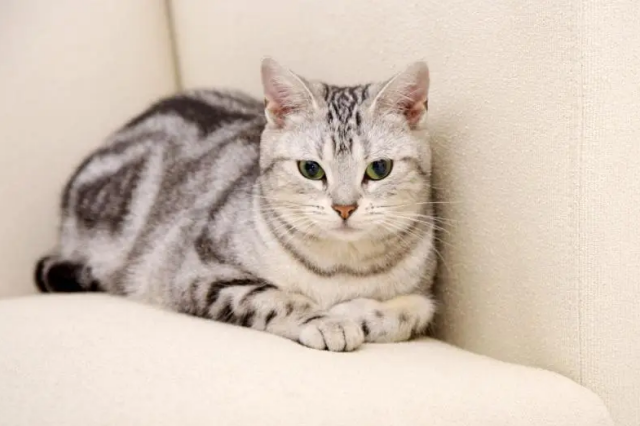
It’s one of the common cat fur types. Short-haired breeds, such as the British Shorthair and Siamese cats, have glossy, smooth coats, requiring less grooming. For this reason, short-haired felines are ideal for households looking for low-maintenance pets.

Long-haired cats, like Maine Coon and Persian, have luxurious and fluffy fur. Their voluminous coats add to their majestic appearance but require regular grooming to prevent matting and tangling.
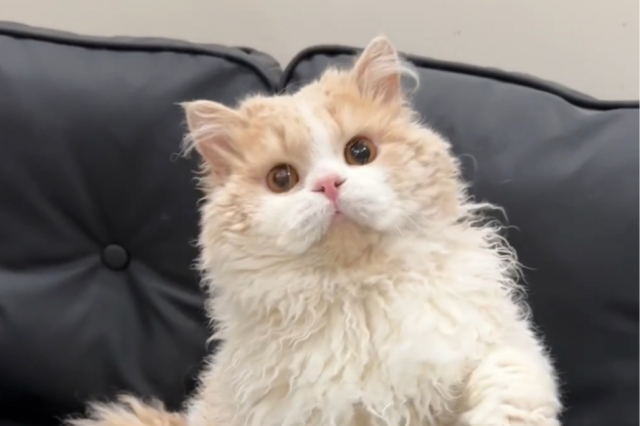
Otherwise known as rex fur, crimped coats are fancy and rare due to their waved or curly texture. Cats with this fur type, like the Cornish Rex and the Devon Rex, have soft fur, making them unique.
Besides cat fur types, they also have different cat fur pattern types that add appeal to their look. Knowing these patterns can help identify different cat breeds and appreciate their uniqueness. Let’s identify some of the common types of cat fur patterns.

Simple? Maybe. Classic? Absolutely! Solid-colored cats, like Bombay and white Persian, have a uniform color from ears to paws. Their timeless look radiates elegance and grandeur.
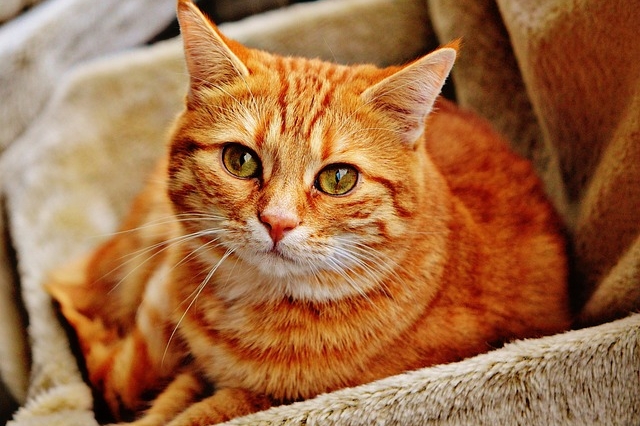
It’s one of the common cat fur types and patterns. Known for the “M” marking on the forehead, four types of tabby fur patterns exist. First is the mackerel that looks like tiger stripes. Next is blotched, often distinguished by swirls and marbles. Then, there’s spotted that looks like a leopard print. Finally, the ticked pattern has fur with bands of colors. Breeds like the Bengal and Maine Coon often have this fur pattern, making them unique and eye-catching.
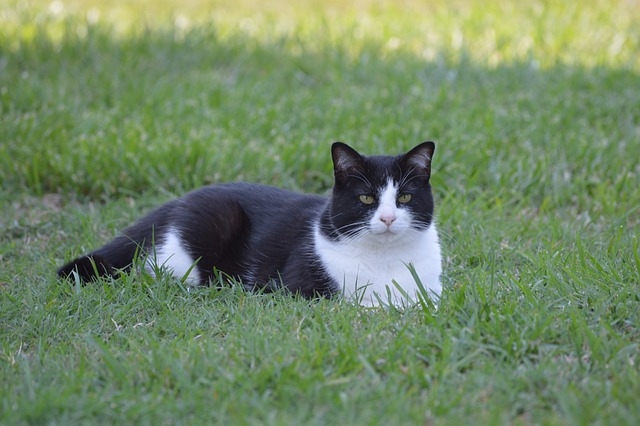
Two colors are better than one! Bi-colored cats, like the tuxedo cats, sport white fur with patches of another color, often black. These charming felines boast a striking contrast between the white and colored fur, adding elegance to their appearance.
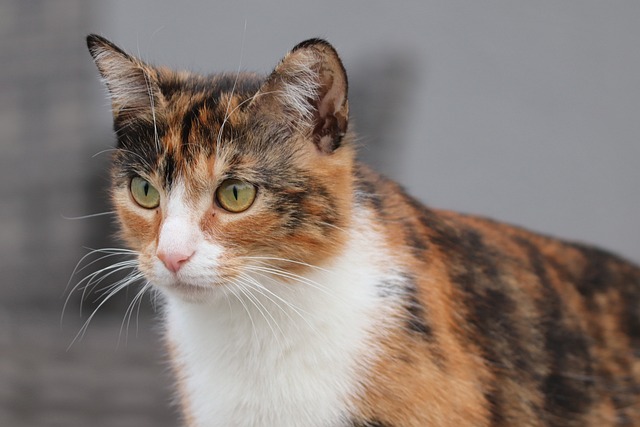
Sometimes called calico cats, these felines are like a walking rainbow but only with three colors, often a combination of white, black, and orange. Most calico cats are females due to the dominance of X chromosomes in their genes, which are also responsible for the color of their fur.
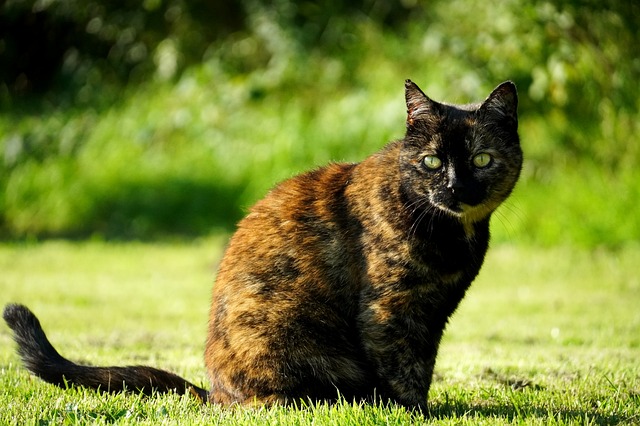
Felines with these cat fur pattern types have a swirl of blend colors of black and orange but lack patches of white fur. This striking fur pattern makes the cat one-of-a-kind.

Combining tabby and tortoiseshell cat fur types and patterns, torbies have swirls, stripes, and patches in different shades. Their fur is as dynamic as their personality, showcasing the best of both worlds.
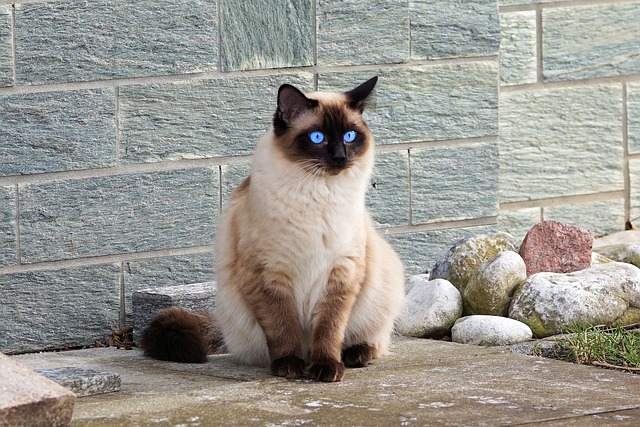
Colorpoint cats, like the Siamese and Himalayan breeds, have a pale body color with darker coloration on their ears, face, tail, and paws. This striking color contrast creates a visually appealing look, highlighting the cat’s features and graceful demeanor.
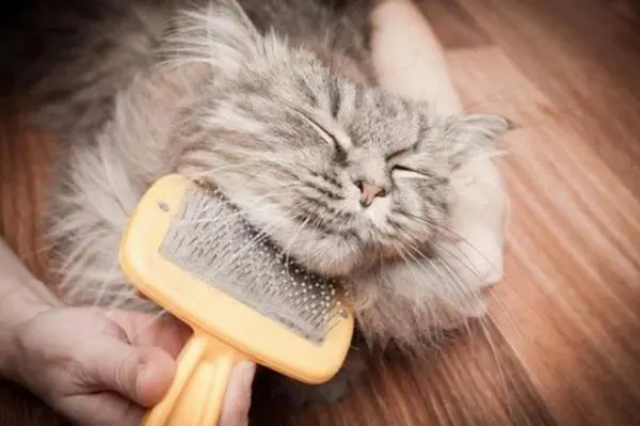
Understanding cat fur types and patterns is essential to giving your fluffy companion the best care. Here’s a quick guide to keeping your kitty looking its best.
First up, you need the right tools:
So, how often should you groom your cat? It depends on its fur type!
Here are a few extra tips to keep in mind:
Besides the tools and factors mentioned above, it’s crucial to consider the following:
So, these are the different cat fur types and patterns. The next time your cat curls up in a ball on your lap, take a moment to look at their coat. Their patterns and textures aren’t just a feast for the eyes but a testament to their adaptability and diversity!


One Response
Intheresting!